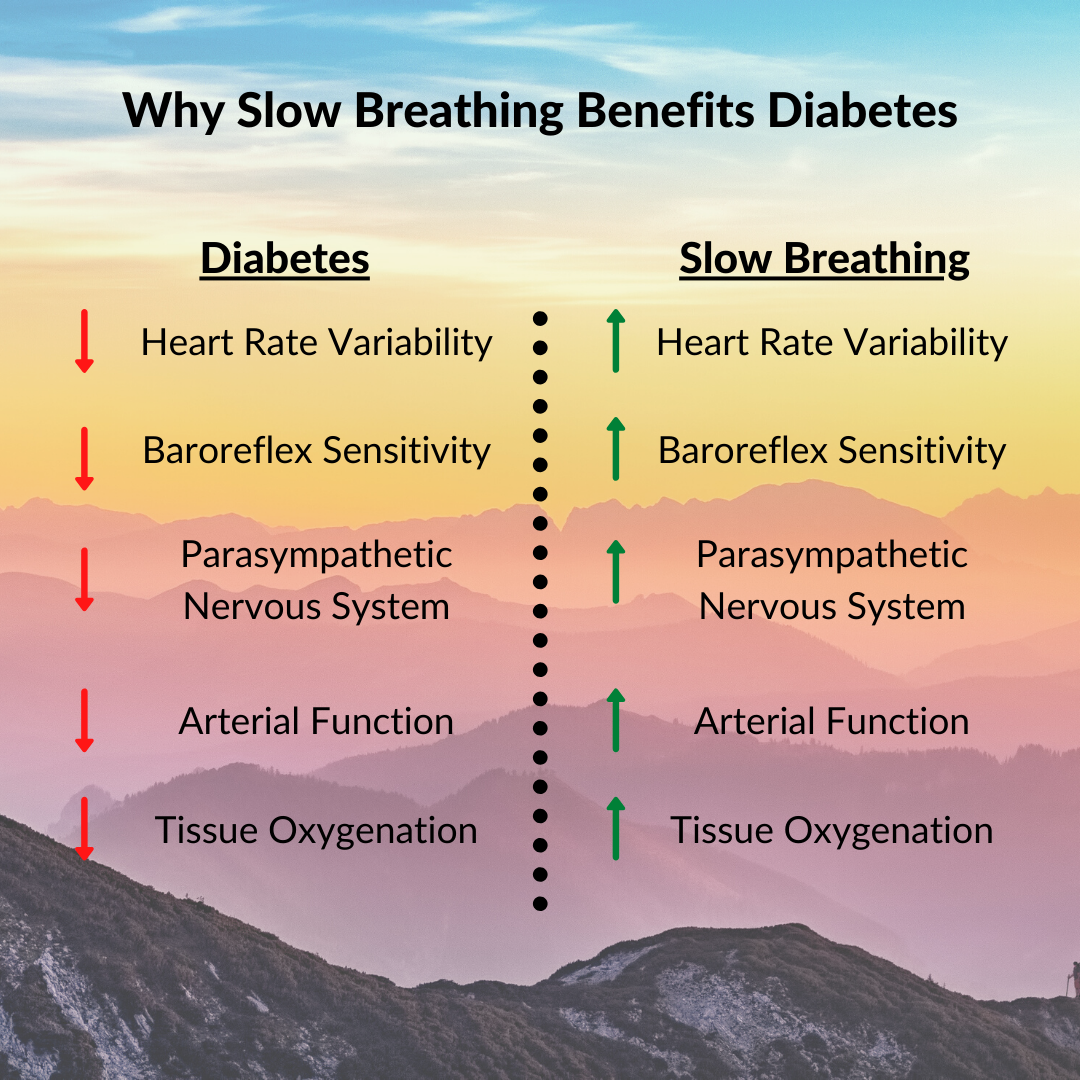Craig Kasper invited me on his podcast, Bravest, to discuss all things breathing and diabetes. It should be released later today.
Craig is a type-1 diabetic and a genuinely good person. We had a lot of fun, and I hope you’ll give it a listen.
The Pareto Principle, or 80/20 rule, states that 20% of your efforts get you 80% of your results. Twenty percent of your customers account for 80% of your profit. A small number of NBA teams hold a majority of the titles. This rule holds true in many fields of life (here is an excellent article about the 80/20 rule) [1].
For breathing, I believe we can take this even farther.
The One Percent Rule of Breathing
In “To Sell is Human,” [2] Dan Pink describes a lesson he received during law school that stuck with him the rest of his life:
“Don’t get lost in the crabgrass of details, he urged us. Instead, think about the essence of what you’re exploring—the one percent that gives life to the other ninety-nine.”
“The one percent that gives life to the other ninety-nine.” I love that exaggeration of the Pareto Principle. In breathing, that one percent is your nose.
So Simple - So Complex
Slow breathing is simple and takes minimal effort. But, if you get “lost in the crabgrass of details,” it can become extremely complex.
But none of it would matter without the nose. The nose is the hidden engine driving all the benefits of “breathing.” Whether it’s slow breathing, sleep, or exercise, simply using your nose is the 1% that allows the other ninety-nine to occur.
How breath-control can change your life: A systematic review on psycho-physiological correlates of slow breathing
(Click Here to Read Full Summary)
Slow breathing has many benefits, which we covered in the infographic last week. To name a few: it reduces blood pressure, increases heart rate variability, enhances baroreflex sensitivity, improves arterial function, and increases tissue oxygenation.
The paper above concluded that the nose is the link connecting slow breathing to these benefits. It’s not just slow breathing; it’s nose breathing.
In good breath,
Nick
References
[1] I cannot overstate how much I enjoy James Clear’s work.
[2] To Sell is Human



